The only Bologna itinerary you need!
Locked between Florence to the south and Venice and Milan to the north, the medieval city of Bologna often gets overlooked by many travellers. Is Bologna worth visiting? Absolutely! Through this itinerary guide, we will dive into what makes Bologna so special and why you need to stop in this city the next time you are travelling to Europe!
Did you know that many Italian cities have nicknames? You might have heard of the one for Rome, the eternal city. Well, Bologna has 3, “La Dotta, la Grassa e la Rossa”. We will use this motto to guide you through this city. “La Dotta”, the wise one, is for the University of Bologna, the oldest university in the Western world. “La Grassa” refers to Bologna's renowned cuisine, and “la Rossa” for the red hue that characterizes its building.
You will see that Bologna has one of the best food in Italy, if you are a foodie, then the city is a must-stop! I was pleasantly surprised that if the city hasn’t succumbed to mass tourism like other cities in Italy like Rome or Venice you can enjoy the city more!
We stayed 3 days in Bologna, however, you can easily visit the city in a day or two. Through this Bologna Itinerary, we will show you the things to do, where to eat and where to stay.
So, are you ready for a city break in Bologna?
Crafting your Bologna itinerary
Bologna is Italy's 7th-largest city but its historic city center isn't that big. You can easily walk from one end to the other in less than 45 minutes. Since Bologna is small you can choose to do a mix and match of the attractions, you won’t need to worry about going from one end to another and losing time in traffic or public transport.
Also, Bologna is a great hub for other cities in the region so you can easily extend your stay and do several day trips. The Italian city is the capital and largest city of the Emilia-Romagna region in Northern Italy. So there are plenty of places to visit nearby which is why it is a great city to spend your holidays in.
3 day Bologna itinerary
Day 1
I would suggest starting at the most central attraction, Piazza Maggiore, then going to the Basilica di San Petronio since it is right there on the Piazza, overlooking it. While you are here, go to Biblioteca Salaborsa. Then, climb the Asinelli Tower for one of the best views of the city, For lunch go to Quadrilatero and then spend the afternoon in one of the museums. Then go for delicious gelato. As you can see, one day is not enough!
Day 2
Start your day at the Basilica of San Luca since it is situated on the outskirts of the city. Then go to the famous Bologna University. Finish your day by trying to find one of the old canals and then go for a classic Italian aperitivo to close your day.
Travel tips: Bologna is full of history and quirky legends and of course, it’s Italy’s foodie capital so you can join a walking tour or a foodie tour. These are always a good option for a second day since they can give tips to do for the next days and you are not rushed to arrive on time as on the first day.
Day 3
For your holiday last day, you can choose to do another museum or go to another of the multiple beautiful churches that the city has. I would suggest taking Via Santo Stefano to see the Basilica of Santo Stefano and that same street will guide you to Giardini Margherita where you can enjoy the afternoon and a good coffee.
Psst: Do not forget to buy the Bologna Welcome Card . This card is a money saver since you can get unlimited access to top attractions and museums for a very affordable price
Things to do in Bologna
Porticoes
Besides the red hues that dominate the city, the porticoes are the essential architectural style of the city and in fact, they are ranked as part of the UNESCO World Heritage sites. Each portico has a different style and decorations, so don’t forget to look up to be amazed by the internal decorations. Some of them are perfect examples of the proto-Renaissance and Renaissance eras between the age of Bentivoglio and the end of the 16th century. Some of these prime examples can be seen in via Galliera and in Baraccano,
These middle-aged add-ons to the streets give you a nice shelter from the weather. Believe me, I appreciated walking underneath them during the summer heatwave.
Via Rizzoli has one of the most visited ones since the street connects the Piazza Maggiore, with the Two Towers. In this boulevard, you will find multiple boutiques and coffee shops.
The city has a total of 40 kilometres of beautiful porticoes. Did you know that the porticoes originated from Bolognese building extensions to their houses starting at the second floor as a trick to pay less tax but also because of the lack of space for the university students?
Piazza Maggiore
The city is constructed around the Piazza Maggiore. This enormous plaza is always buzzing with activities and events. It is also the meeting point for many tours. Throughout history, the plaza played an important role in social and political life. Constructed in the 13th century, this makes the piazza one of the oldest squares in the country.
The historic buildings that surround the square: Palazzo D’Accursio, the city hall, Palazzo del Podestà, Palazzo dei Banchi, the Basilica di San Petronio and the Palazzo Comunale. all built between the Middle Ages and early Renaissance, are a must-see.
Salaborsa Library is the main public library of Bologna located Palazzo d'Accursio. Besides the beautiful architecture, beneath the main floor, you will be able to see ancient Roman ruins dating back to the 2nd-century ruins up-close.
At the time of our visit, the Piazza was taken over by the Film under the stars festival which showcased a different film every night for 50 evenings. We were lucky to catch an Italian film and enjoy a beer in the layout terraces.
On the north side of Piazza Maggiore, you will find Piazza del Nettuno which has an impressive Fountain of Neptune. This is a local hangout spot for locals and visitors alike.
Churches & Basilicas
The city holds several astonishing churches that are worth visiting even if you are not religious. The Basilica of San Petronio is Bologna’s most important church. The inside frescoes are known for depictions of Heaven and Hell. There is also a viewpoint of the city in the church from its panoramic terrace. The facade of the basilica is still unfinished from the 14th century. The church has 22 side chapels with various artworks. It is the tenth-largest church in the world at 132 meters long and 66 wide. The basilica is dedicated to Saint Petronius, the patron saint of Bologna.
The biggest complex is the Sette Chiese (Seven Churches) in Piazza Santo Stefano, which houses a number of churches and courtyards, cloisters and passages. It's free to enter and walk around the various churches and courtyards. Santo Stefano is said to have originally been built in the 5th century and was intended to be a temple to the goddess Isis. Then as many of the religious buildings had transitioned, it was converted into a church. Throughout the years, different additions were made until becoming the complex that it is nowadays.
A little on the edge of the city centre, you will find the Basilica of San Luca perched on the forested hill, Monte della Guardia. There are over 600 arches of porticoes that connect the sanctuary to the city. San Luca Express. central dome with frescoes, although not as big as you may imagine compared to Basilica San Petronio.
Santa Maria Della Vita is one of the most popular churches because of its golden interior but among everything, the artwork of Niccolò dell’Arca’s Compianto, the Lamentation over the Dead Christ in the Oratory of Battuti. Besides these sculptures, you will also be astonished by the ceiling painting.
Giardini Margherita
The historic centre of Bologna does not have many trees so Giardini Margherita is the lung of the city. The beautiful park holds a cool greenhouse that is now used partly for co-working spaces, giving a hipster touch to the park. This is perfect for enjoying a nice afternoon.
If you are still craving trees or you enjoy beautiful views, and frankly who doesn't, head to Villa Ghigi Park. The park is known for its amazing views over Bologna and lush green tree-lined trails.
Another park worth visiting is Montagnola Park is the oldest park in the city dating back to 1664 but the actual design dates back from Napoleon. The park is known for the impressive staircase the Scalinata Del Pincio,
Climb torre degli Asinelli
Please note that the towers were closed on October 2023 until further notice. The repairs are expected to last a few years. The towers are tilting a little too much and the city wishes to restore the towers to make them safe. The Guardian wrote an article about it.
During medieval times, Bologna was the equivalent of New York City as the town was full of towers that used to show the wealth of the dominating families. In its golden years, the city had approximately 200 towers that would make up its skyline. Today, there are only 20 towers remaining. The most famous towers are the two towers of Garisenda and degli Asinelli, also called Due Torri. The latter is an 11th-century construction and is the tallest in Italy. Garisenda Tower is the one that leans more (4 degrees, which is more than the Leaning Tower of Pisa.) and Asinelli Tower is the tallest leaning medieval tower in the world! Asinelli stands at 97m and was used as a prison and a stronghold. The other tower, Garisenda, stands only at 48m.
You can climb the Asinelli Tower for €3. Be warned that the tower is 97 meters long and has 498 steps. The views from the top are worth all your cardio! If you are planning to go up, I recommend booking your ticket beforehand since there is only a limited number of people allowed inside the tower per day. The towers are located in Piazza di Porta Ravegnana.
If you want to see another tower, you can admire and climb Torre Prendiparte. It was constructed in the 12th century and stands 59.50 metres high. The tower is located on the Piazza Prendiparte.
Bologna University
The city is known to be “la Dotta”, the wise one, as it is the home of the oldest University in the Western world. It was founded in 1088 and it is still one of Europe’s top academic institutions. The University neighbourhood is very lively and buzzing with student life, cafes and bars.
The must-stop at the University is the Anatomical Theatre & Library of Archiginnasi. The 17th-century carved anatomical theatre was used to hold public dissections. Visitors with medical and anatomical backgrounds will be astonished by the sculptures depicting human anatomy. The Archiginnasio is one of the most important palaces in Bologna been home to the Municipal Library since 1838. The Anatomical Theatre is known for its carved wood by Antonio Levante in 1637. The famous “Spellati” (Skinned Men) statues by Ercole Lelli are on display inside.
Museums
Bologna has more than 20 museums that span from medieval times to fine arts and modern art. The city has collections from masters such as Raphael, Giotto, Guido Reni and Titian.
Since we had extremely hot temperatures and we stayed several days in the city, we visited the Museum of the History of Bologna, the Palazzo Pepoli Vecchio and the MAMbo, the contemporary art museum. However, I was extremely deceived by the museums as they did not hold to our expectations of other museums in Italy.
However, Museo Civico Archeologico is said to be one of the best museums. It houses Egyptian, Etruscan, and Roman artifacts inside a gorgeous 15th-century Palazzo Galvani.
Bologna is also a UNESCO City of Music, you can enjoy this at the Museo Internazionale e Biblioteca della Musica. This museum showcases old and rare instruments, manuscripts, and even personal belongings of famous performers like Farinelli. This is for music lovers and history lovers too since the museum is at Palazzo Aldini Sanguinetti which has beautiful frescoes.
Pinacoteca Nazionale is the National Art Gallery and has a unique collection of medieval and Renaissance art. The Bologna National Gallery contains art pieces from the Emilian region and the city. The art dates from the 13th century to the 18th century. The museum is located in the old university complex, right in the city center. Museo per la Memoria di Ustica is dedicated to the crash of Douglas DC-9 which was filled with 81 passengers.
Find the Canals
Bologna was once known as Little Venice with all the canals it once had. The canals were used to link the city to the Po River. These waterways made Bologna one of the richest cities in Europe because it came to an important transit destination and it allowed for flour mills to develop.
Today only some are remaining and you can spot them at different locations in the city. The most popular location is marked on Google Maps as the Finestrella. At Via Piella 5, Via Oberdan 32, and Via Malcontenti 4/c are other locations where you can see the canals through a window.
Keep an eye on the hidden gems
Finally, you will quickly see that Bologna is a medieval maze. There are many hidden gems in the city, so be on the constant lookout! For example, we came across a beautiful sculpture of the Virgin Mary in a small street with very few passers.
Other things to do in the city is the La Piazzola Market it is a historic market that has been held every for hundreds of years and it has 400 different stalls that sell clothes, shoes, fashion accessories, flowers, foods, spices, pottery and jewellery. The market is open every Friday and Saturday (from dawn to sunset). The market is located in the Piazza dell Agosto.
What and where to eat and drink in Bologna?
As I said before, one of Bologna's nicknames is “La Grassa”, the fat one, and this nickname cannot be more accurate. Bologna and its region, Emilia Romagna, are the creators of the world's most beloved Italian dishes like pasta al ragù (bolognese sauce or widely known as spaghetti bolognese), Tortellini and lasagna, to name a few. If you are staying for several days, I would suggest trying these plates also while visiting Bologna: Cotoletta alla Bolognese, Prosciutto Crudo, Mortadella, Parmigiano Reggiano, Tortelloni.
To try these dishes, head to the Quadrilatero, the ancient food market in medieval times. Here, you’ll find many traditional eateries and market stands. The handmade pasta on the windows will make you want to stop at every stand! The market was built up during the Middle Ages,
Via Drapperie is filled with many small eateries serving cold meats and cheeses on small street terraces. We decided to stop at the famous Salumeria Simoni. This family-owned delicatessen has been open for 4 generations. Here, we had a glass of white wine with a delicious cold-cuts plate composed of the region's key ingredients such as Parmigiano Reggiano, Prosciutto and Mortadella.
For dinner, you need to stop at the Trattoria Della Santa for a traditional Bolognese food. The tortellini are handmade following Nonna's recipe, a real treat! I will suggest pairing your dishes with the house wine which was delicious for a very cheap price.
For dessert, a few blocks away, you can stop at the Cremeria d'Azeglio. They offer delicious gelato and they even have vegan ones! The vegan cioccolato gelato is delicious, I ordered two gelatos back to back, that is how good they were! Cremeria Santo Stefano and Cremeria la Vecchia Stalla are also popular gelaterias.
Mercato delle Erbe, is one of Bologna’s oldest markets and has fresh fruit, vegetables, cheese, meat and wine. This marker is very popular with the locals.
Trust me, Bologna food is extremely delicious! Another way to try everything is to embark on one of the food tours. This foodie city is perfect for this activity. I still wonder why I didn’t do one.
As said earlier in the article, the city has many hidden-gem. Le Stanze bar is one of them. Le Stanze’s used to be a private chapel of the Bentivoglio family and it is now a trendy bar. The main appeal of the bar is that it still holds the chapel frescoes and Corinthian columns. How cool is that? The frescoes depict mythological and religious scenes set amongst Renaissance trompe-l’oeil architecture, sadly, some of the details have been erased by the time. The place was restored by Cultural Heritage. You can admire the artwork at the entrance hall and at the bar counter. The bar also offers typical bolognese food at the Ristorante de Le Stanze section.
Where to stay in Bologna?
Behind the Piazza Maggiore, the Art Hotel Commercianti holds a privileged location. The hotel is next to the San Petronio Basilica and the Fountain of Neptune, you cannot be more central than this! The boutique hotel is a beautiful hotel that gracefully merges art, history and hospitality. The elegant 4-star hotel, although it has been recently renovated, retains all the characteristics of the original building dating back to the middle ages like the wooden beams and frescoed ceilings. The building housed the 12th-century municipality of Bologna.
We chose this hotel for its historical side, it is not every day that you get to experience a stay at a 12th-century building! The rooms are very comfortable and some still hold complete frescoes or part of them. We were lucky enough to have partly erased frescoes on one of our walls!
The other highlight of the hotel is their breakfast. The price of the room includes breakfast, and it is delicious! The buffet offers various types of bread, cold cuts, quiche fruits and pastries to name a few. The Nutella croissants are to die for, I still daydream about them!
Another great selling point is that the hotel has private parking in the center of Bologna next to the Basilica of San Petronio. Bologna has limited transit and if you rent a car, it might be tricky to find a parking spot. The price of the rooms ranges between 150 euros to 250 euros depending on the type of room you are booking.
The other amenities of the hotel are free WiFi throughout. It also provides free bike hire and the hotel is pet-friendly. All the rooms include a satellite TV, air conditioning (a lifesaver in the summer heat) and a safe to store your valuables. If you are staying for longer periods of time, the hotel also offers Studio Apartments, which might be perfect if you are doing a workcation or travelling for business.
If you like these types of historical hotels then Grand Hotel Majestic Gia’ Baglioni can be added to your list, it was built in a former palace of the 18th century.
Practical information for Bologna
Getting around
The city is very enjoyable on foot, so get ready to walk! The city also has public transportation, TPER, which is very accessible. TPER - Bologna Passenger Transportation is a public transport company that connects urban and suburban or rural service areas in the province to the city of Bologna.
You should know that the historical centre is a limited car zone, which means there are some cars that pass through the streets but they are very few. If you have a car, I will suggest leaving the car either in one of the city parking lots or near the hospital, you can park for free in some of the surrounding streets.
Getting in and out of the city
Bologna is a train hub for many surrounding cities. Some of the regional cities like Parma, Ravenna or Modena are between 20 min to 1 hour by train, great for day trips. Also, Florence and Milan are a few hours away. Bologna Centrale (Bologna central station) is the main train station and it is Italy’s fifth busiest train station. The station is located on the northern outskirts of central Bologna. At the station, you can take the high-speed Alta Velocità (AV) train and other ItaliaRail trains.
The international airport of the city is Bologna Guglielmo Marconi Airport (BLQ). From the airport to the city, you can take the Marconi monorail. This shuttle service runs every 7 minutes between the airport and the train station.
Bologna's Bus Station has also multiple connections and destinations nationally and internationally. The historical center of Bologna is car-free, if you are arriving by car, you better check with your hotel or find a place to park your car like in the New Parking Stazione.
The best time to visit
Bologna is a year-round destination however there are a few things to keep in mind. Summers are hot! We went in Summer and while I don’t regret it, it was hot! Also, keep in mind that a lot of things are closed in the month of August. It is also the busiest time. The shoulder months of April, May, September and October might be perfect.
TAP WATER
You can drink your tap water. So ditch your plastic bottle and fill your reusable bottle wherever you want! Remember that in Europe you have to pay for your water at restaurants, so you better not forget your water bottle!
POWER
Italy uses the European standard of 220V to 230V, with a frequency of 50Hz. The plugs are characterized by two or three round pins in a row. They use plugs Type F, C, L and E.
What do you think about this 3 day itinerary? Let me know in the comments.
Do you like the content? Why not help me by buying me a virtual cup of tea?
Disclaimer: The city passes were a courtesy of Bologna Welcome, the tourism board. And we enjoyed a discount at the hotel courtesy of the Art Hotel Commercianti A big thank you! All opinions are my own
PIN IT FOR LATER!



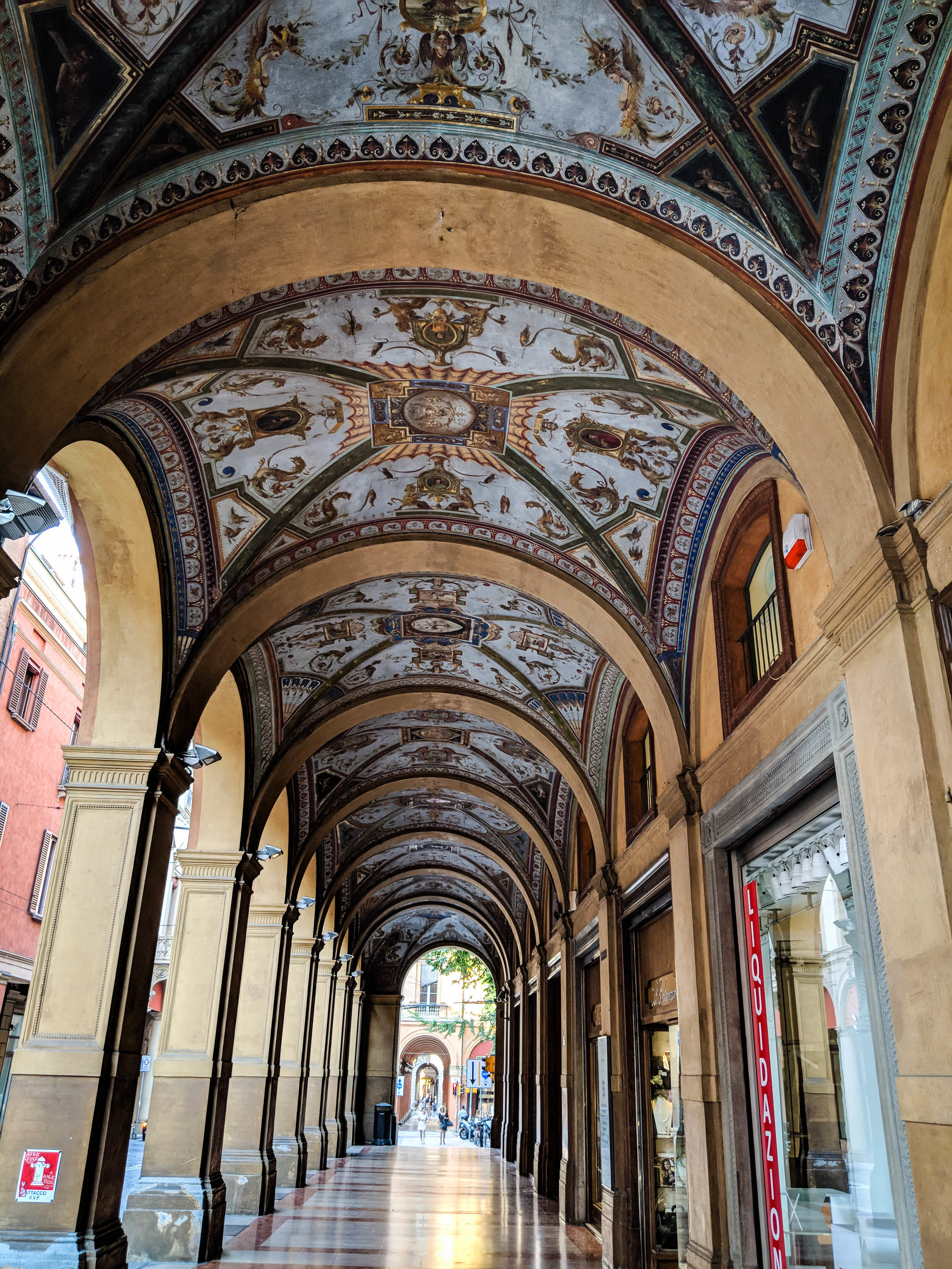

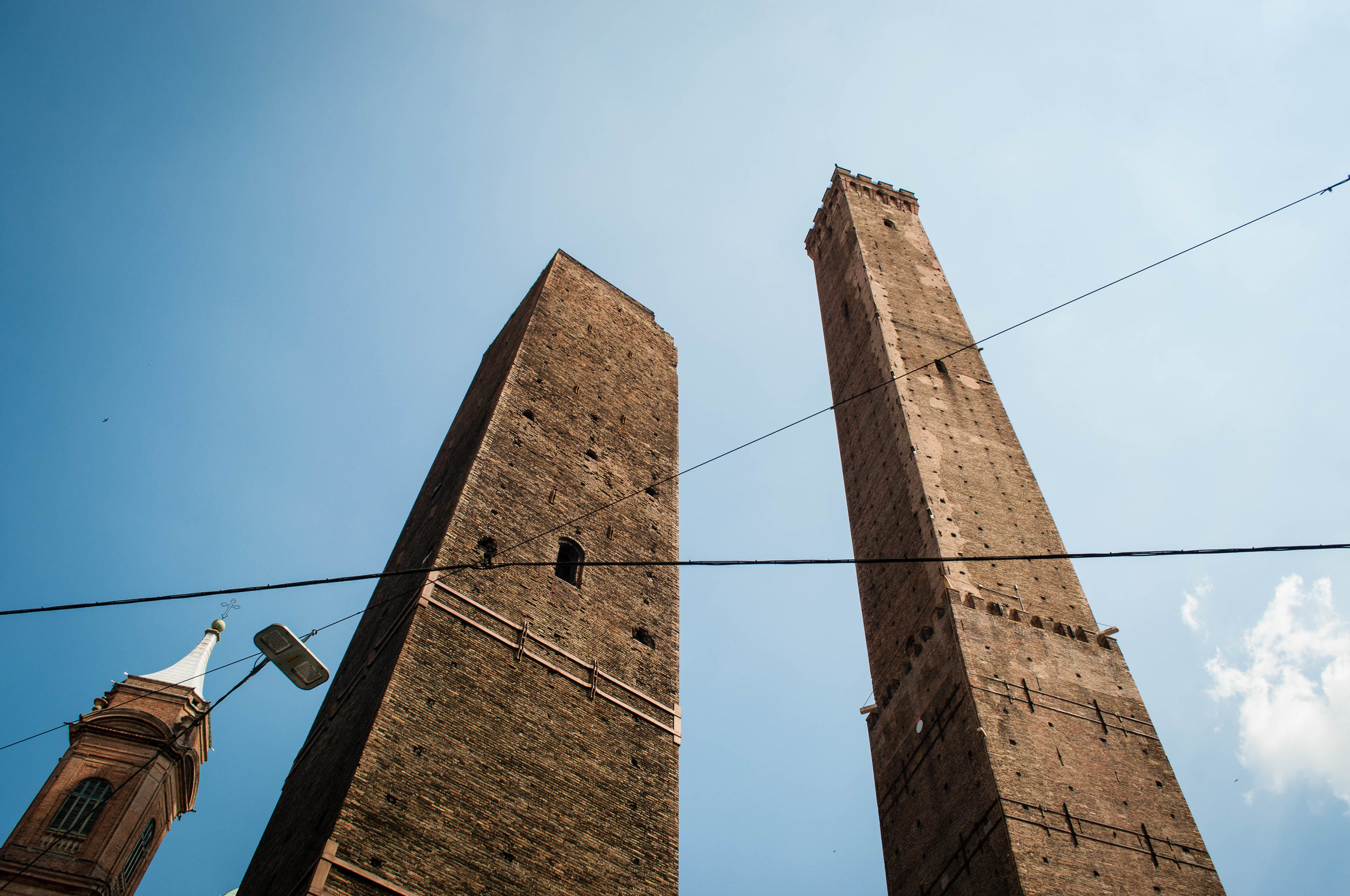

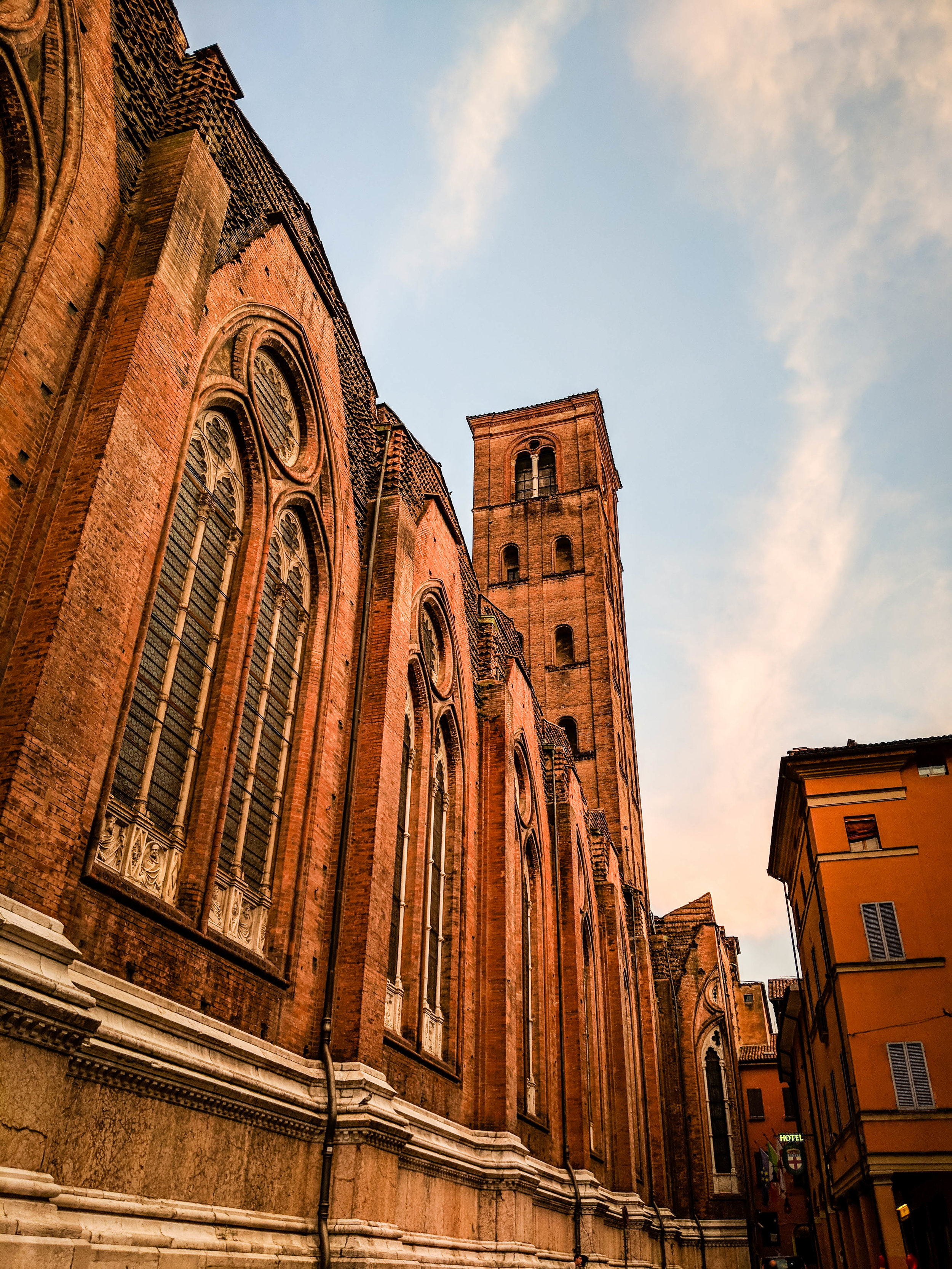
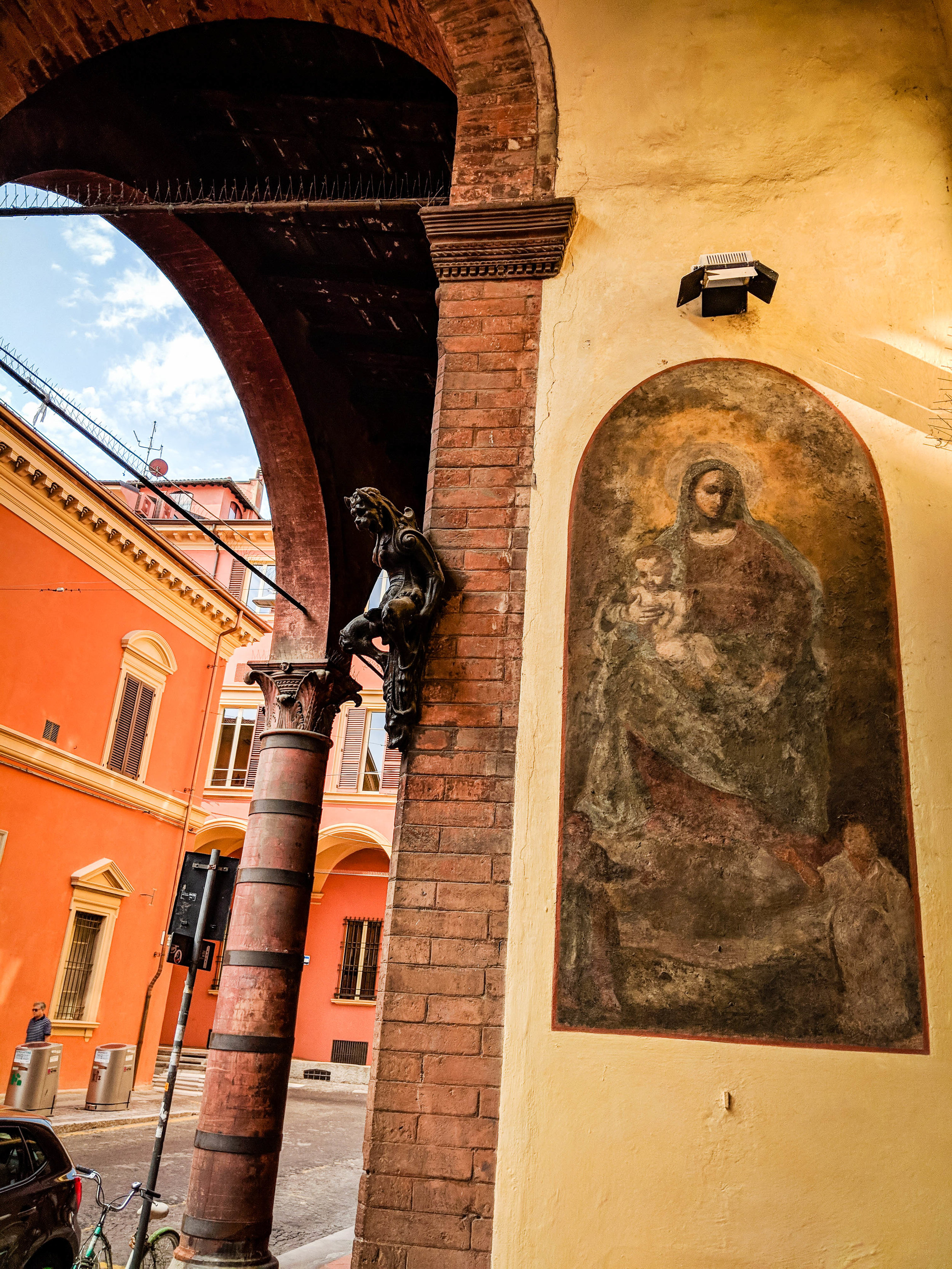
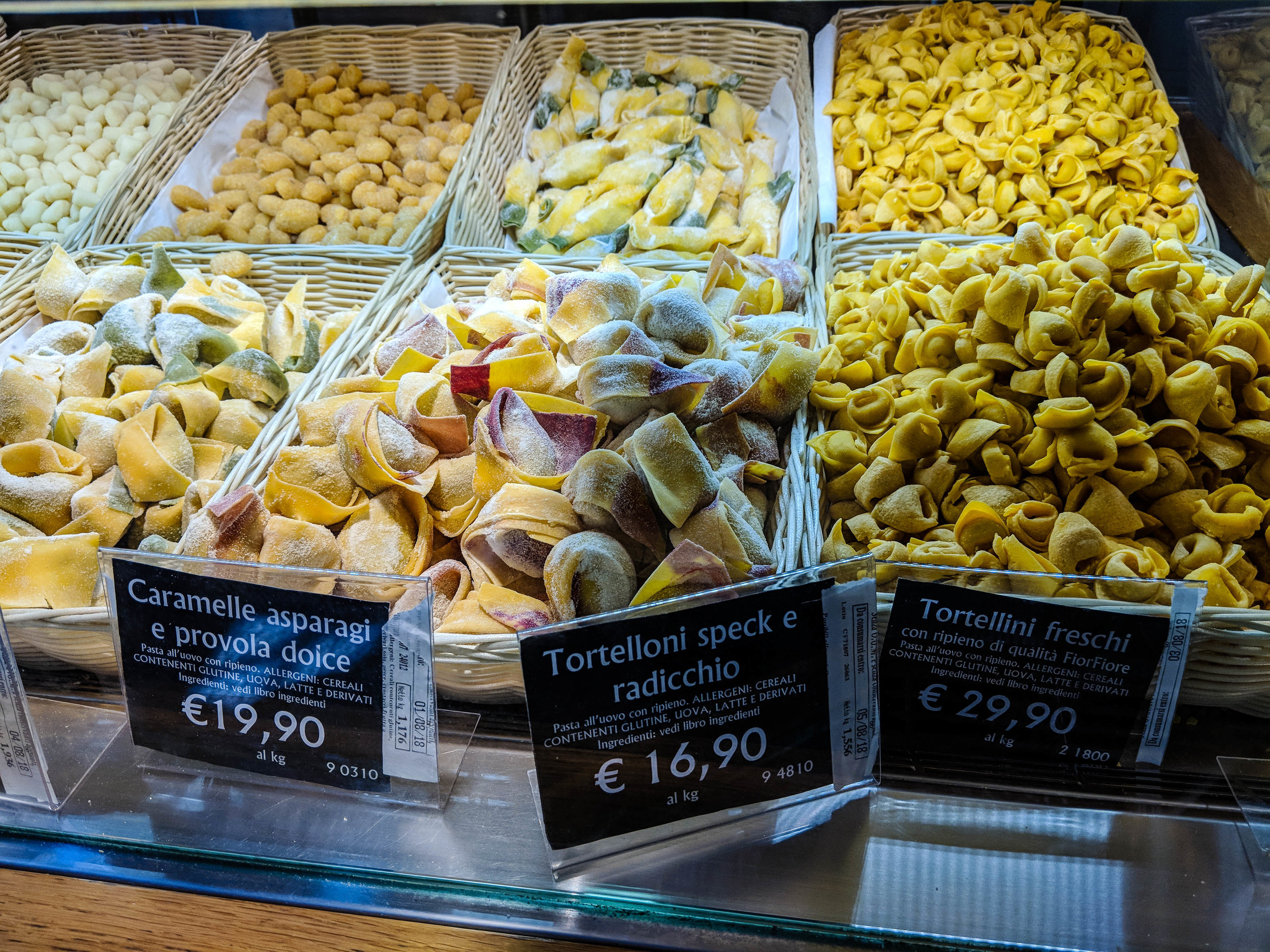
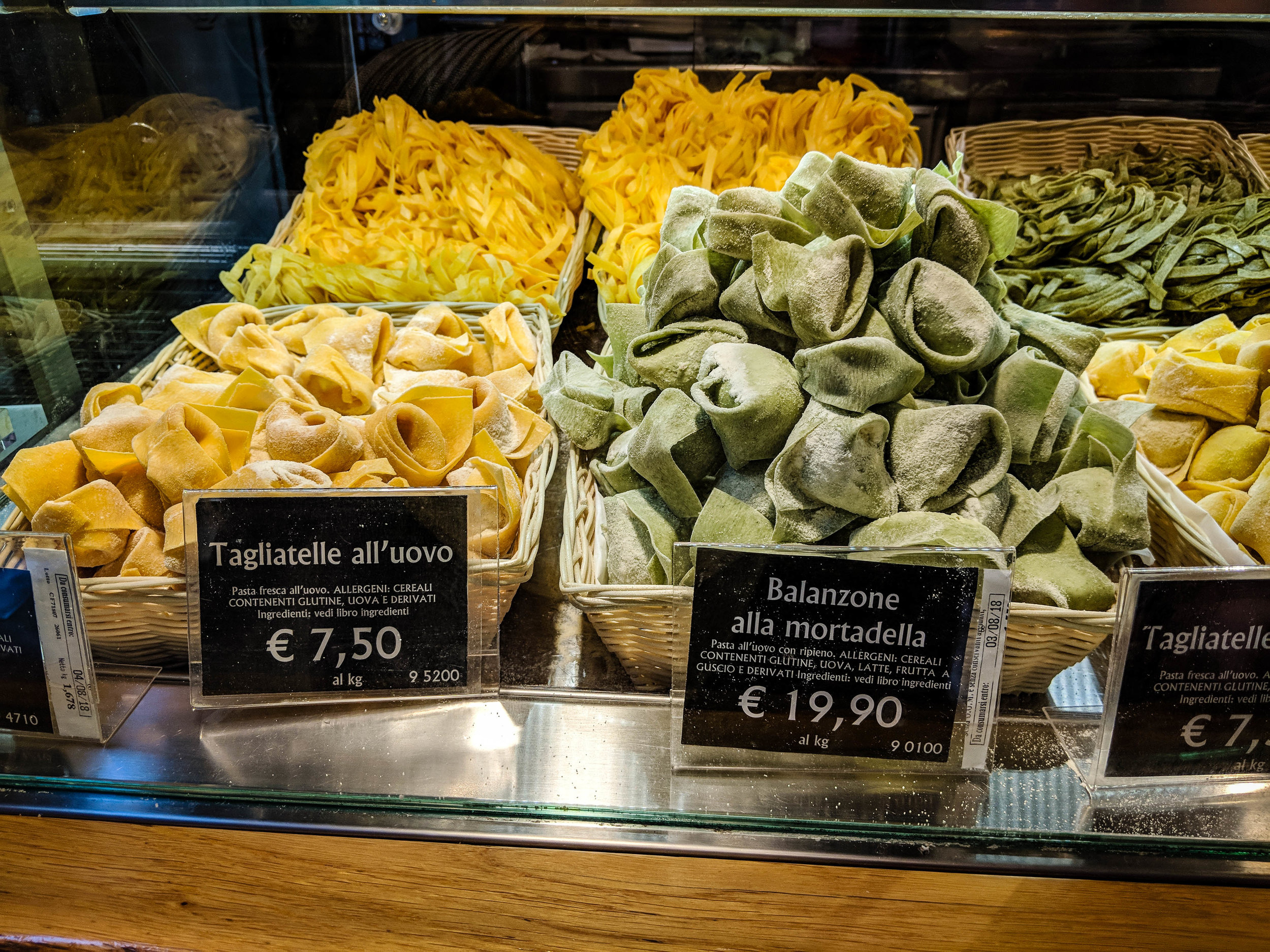

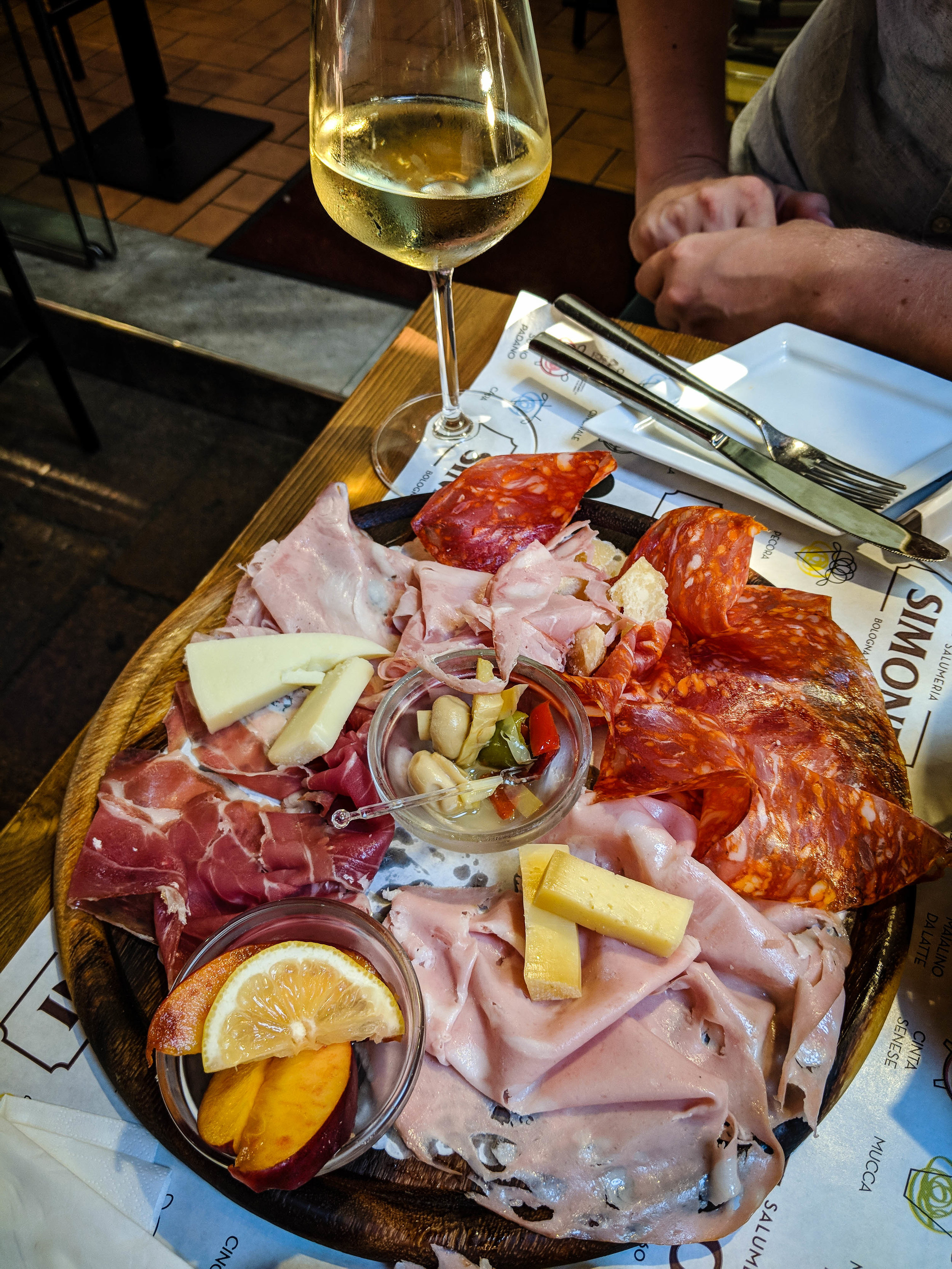
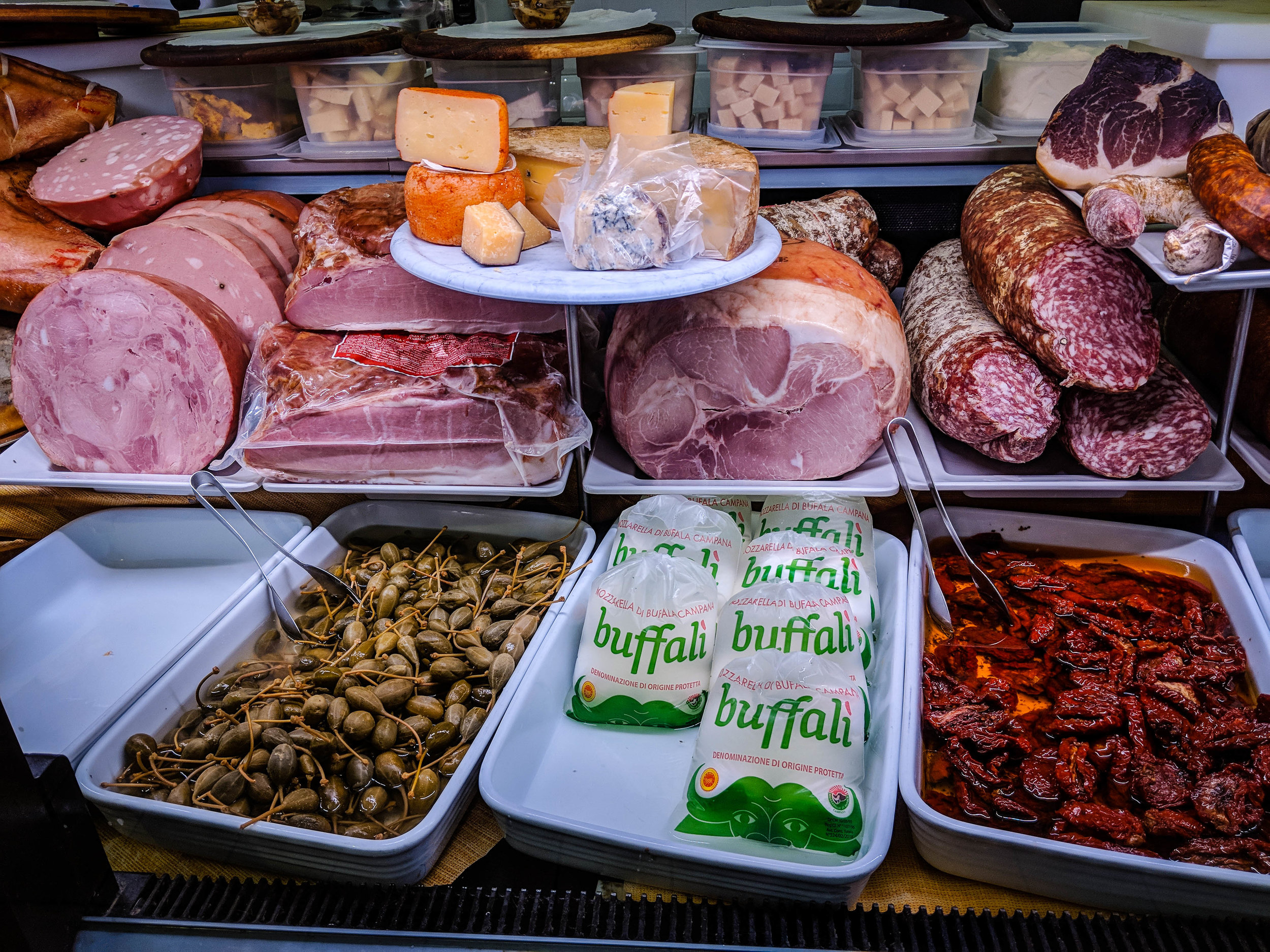
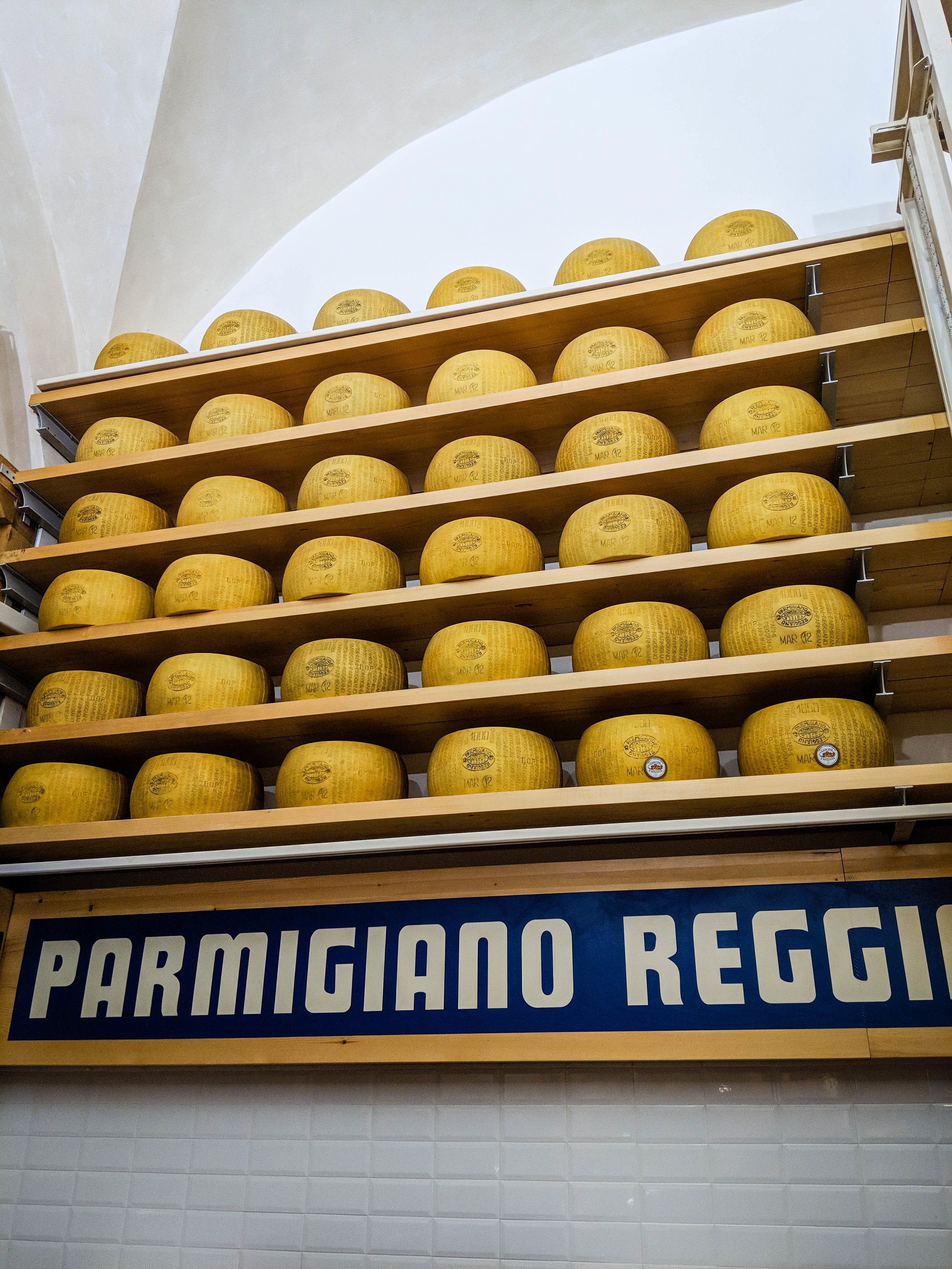
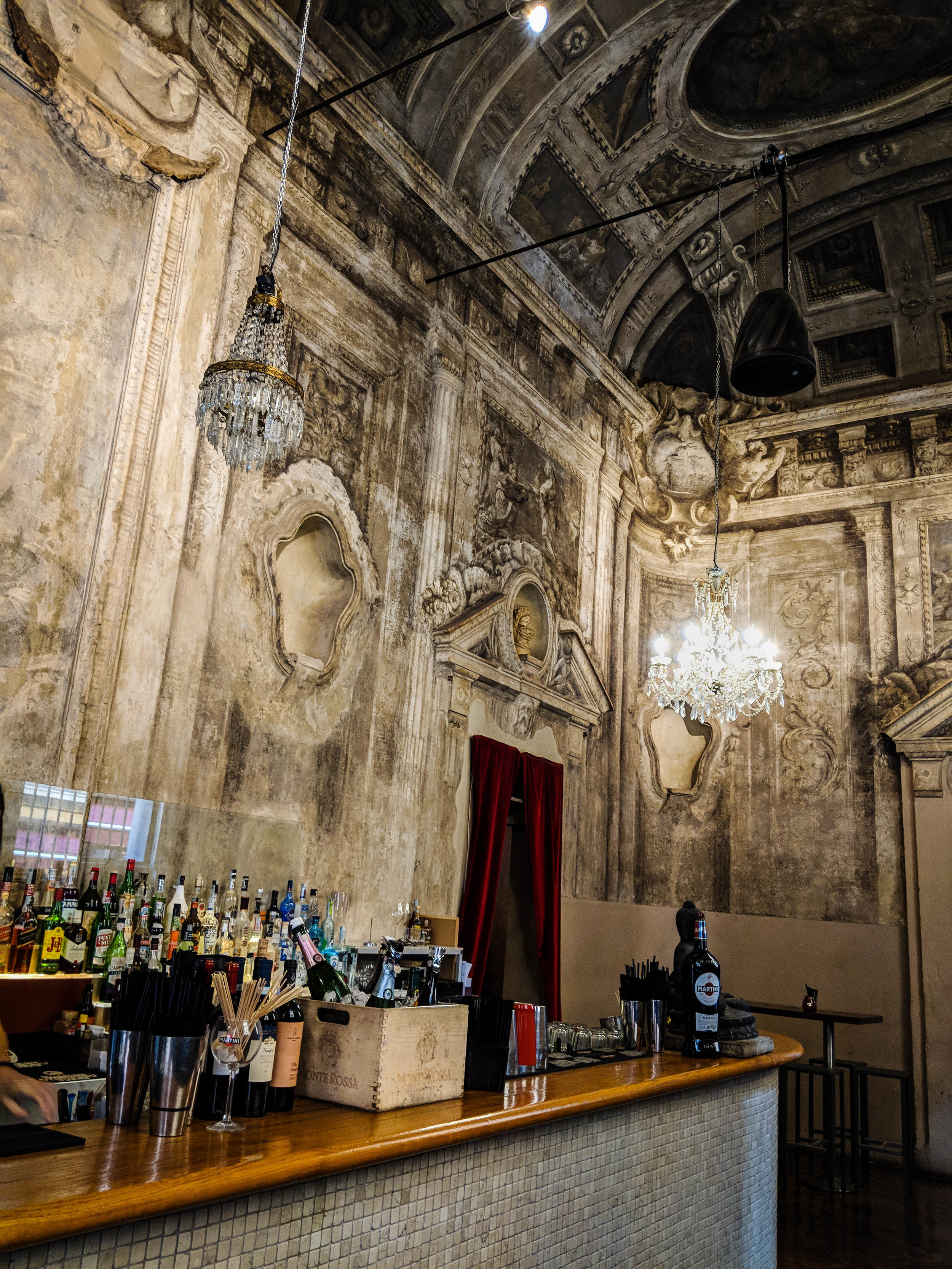
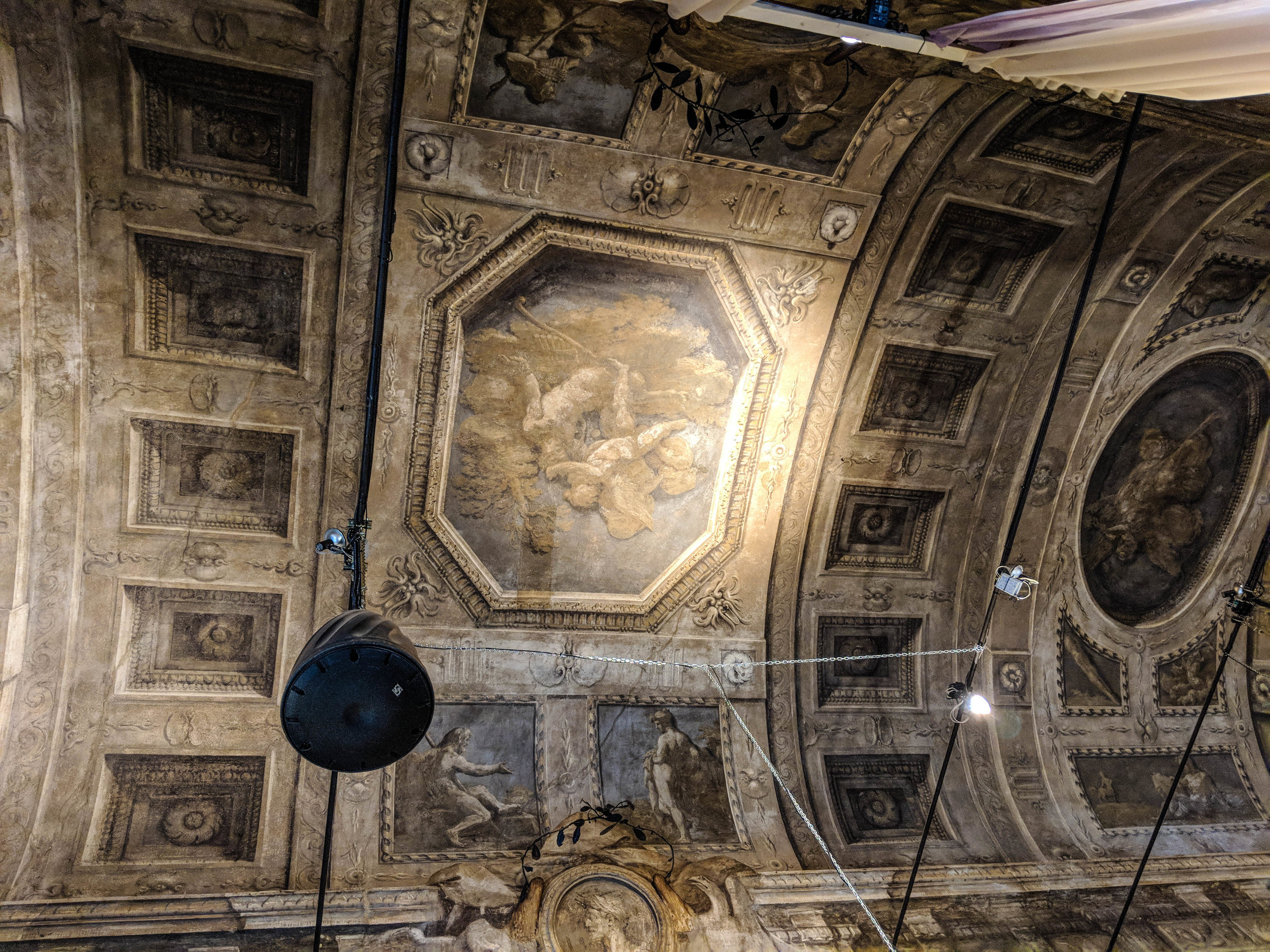
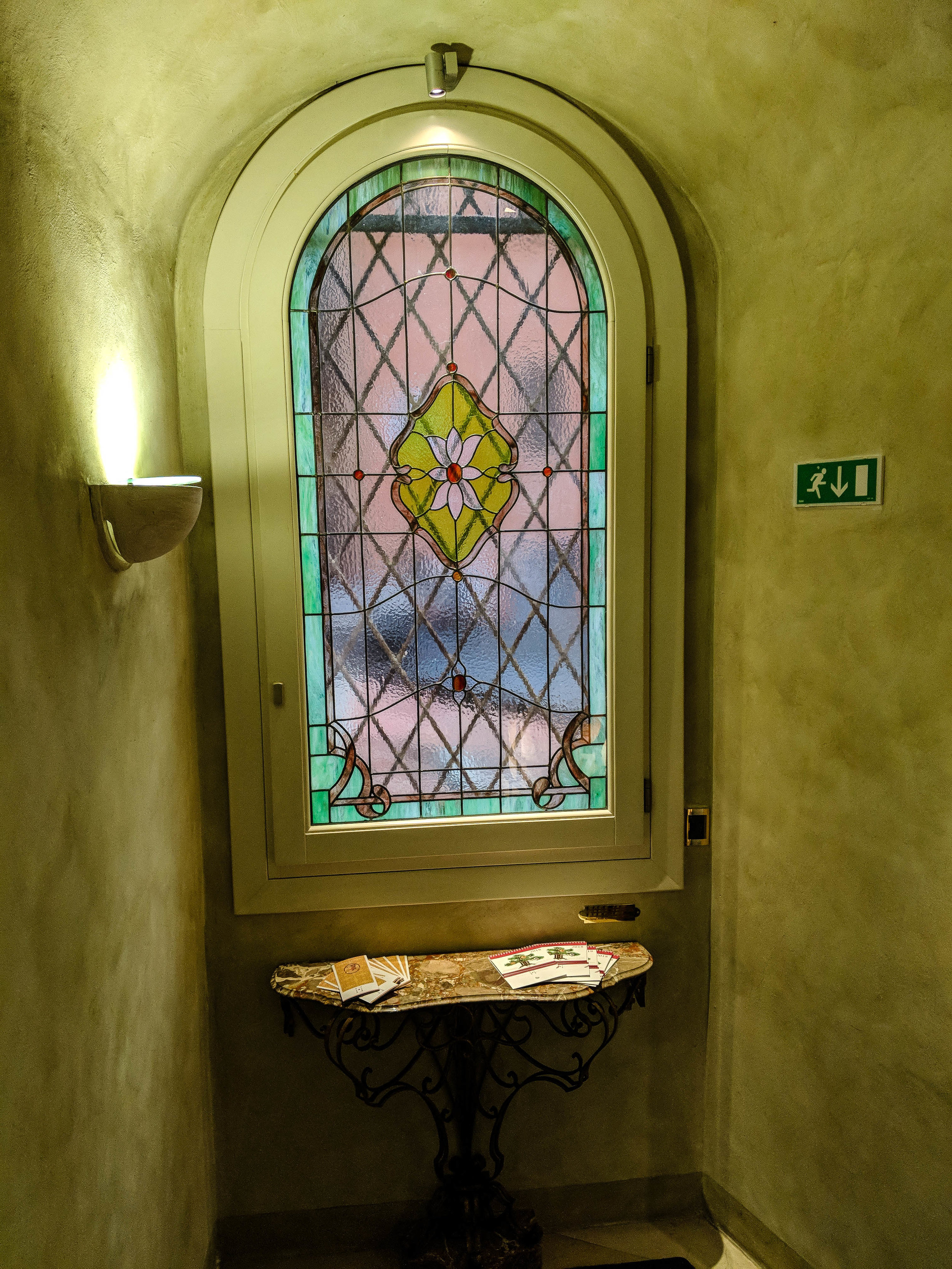
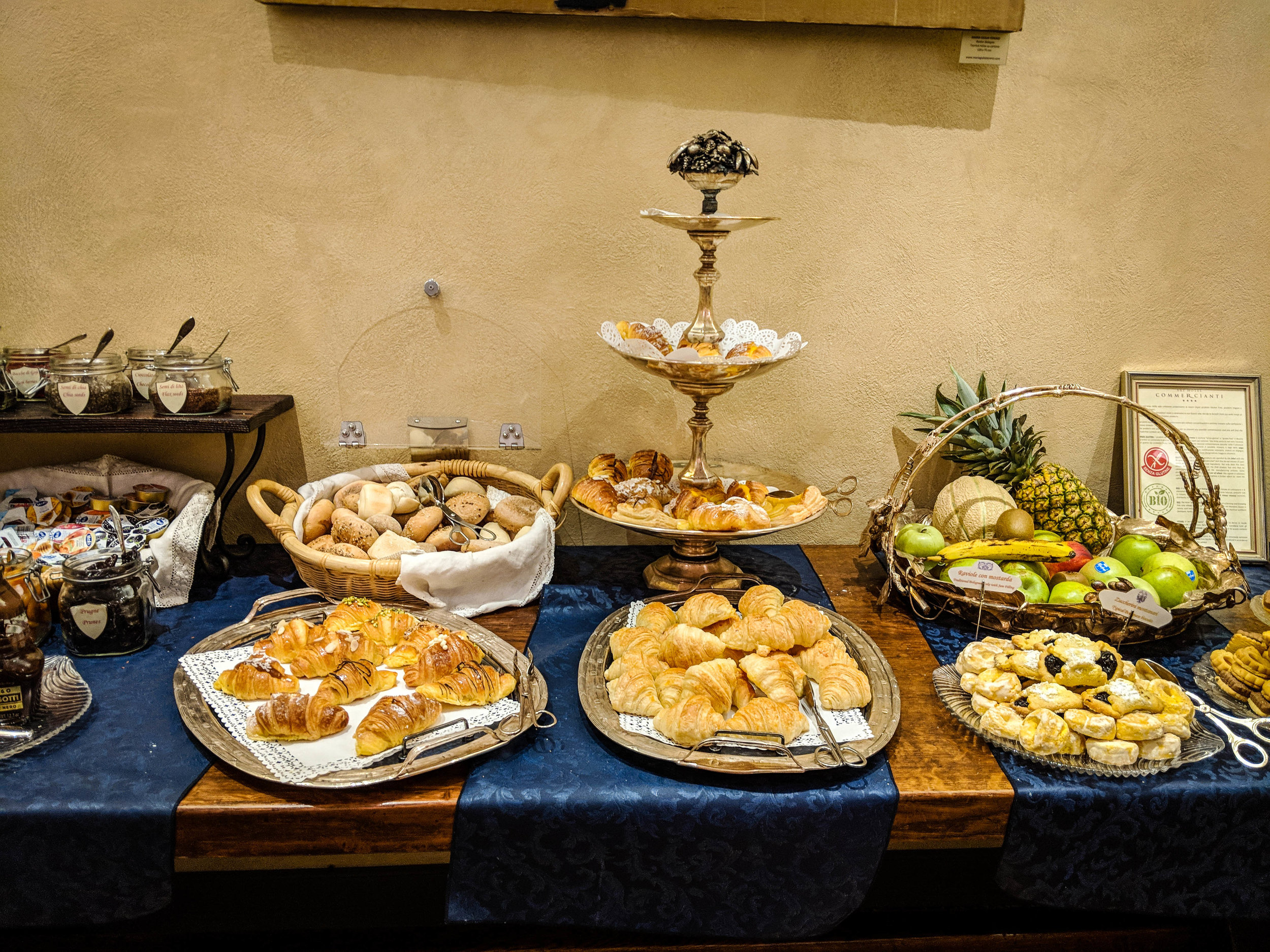




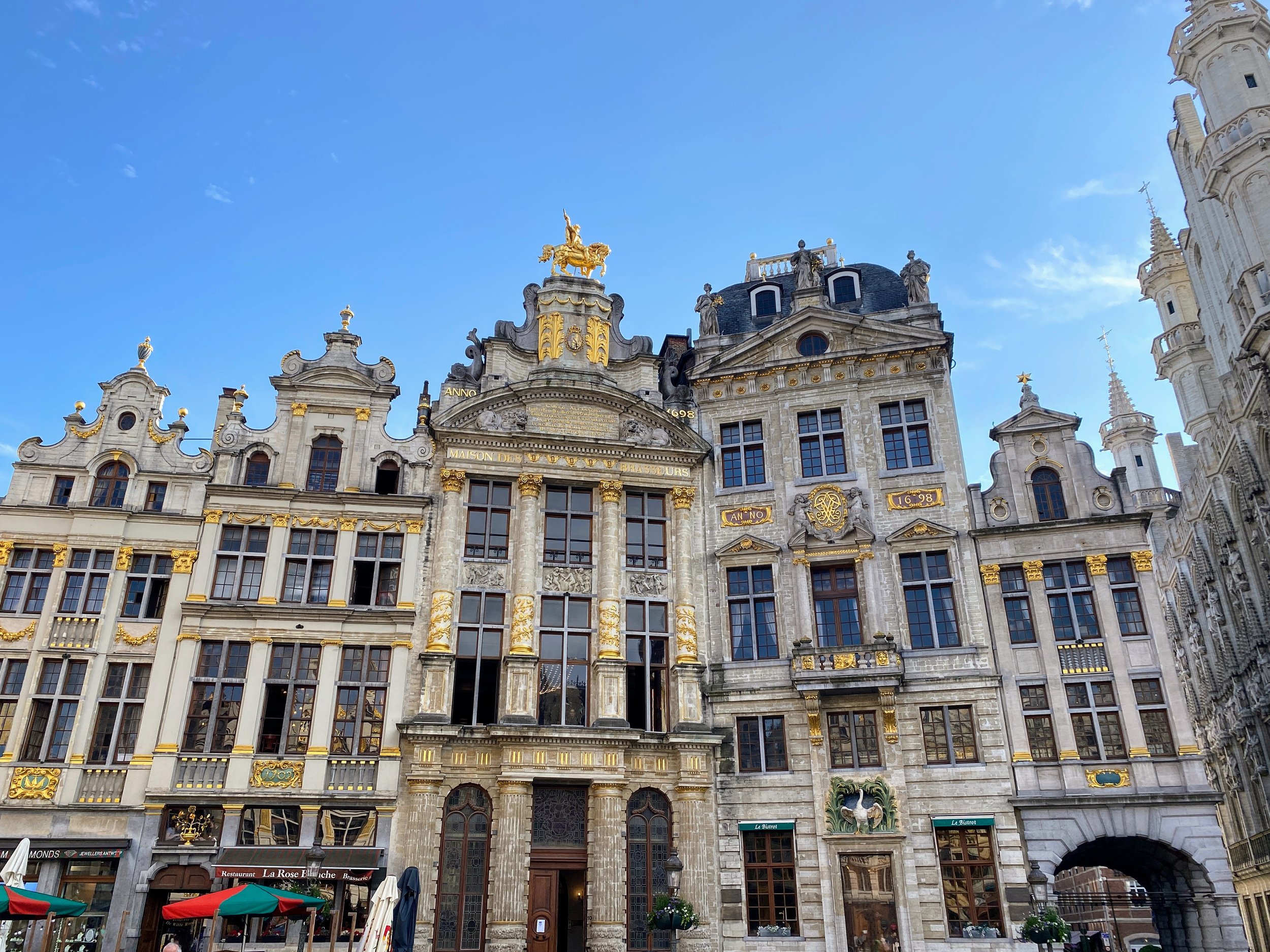






![Best European cities to visit in March [+30 ideas]](https://images.squarespace-cdn.com/content/v1/58ae4fa346c3c4b688b9ac9f/1676418626875-LE8N0ADXJ33Q8CGEUPBS/Things_to_do_in_Lake_Como_Comer_See_Reisetipps+Image+2021-06-09+at+16.55.16+%281%29.jpeg)